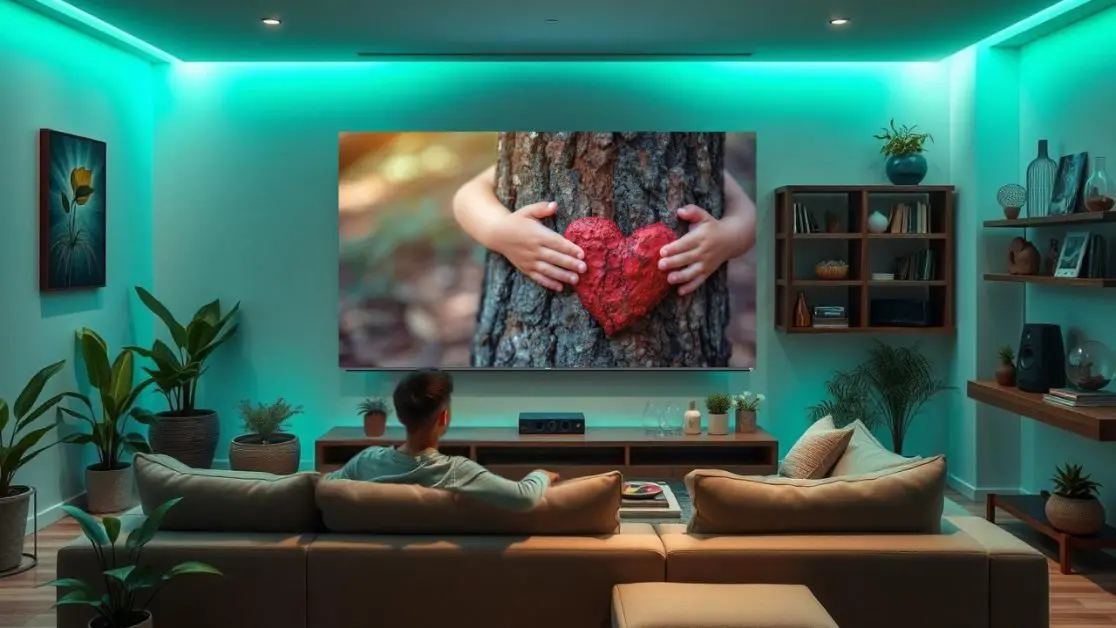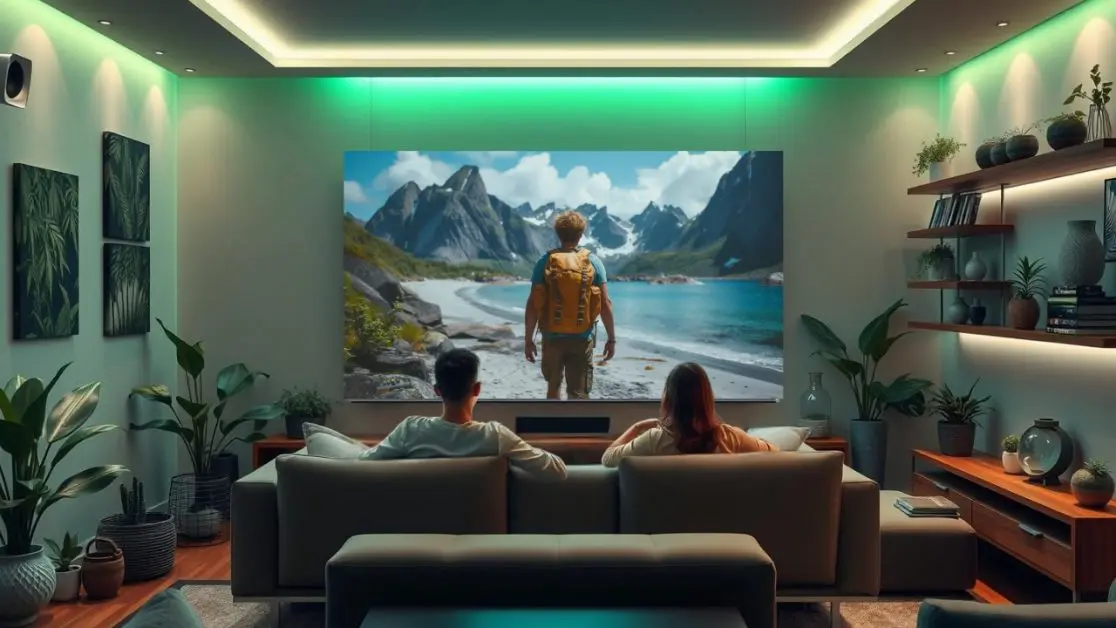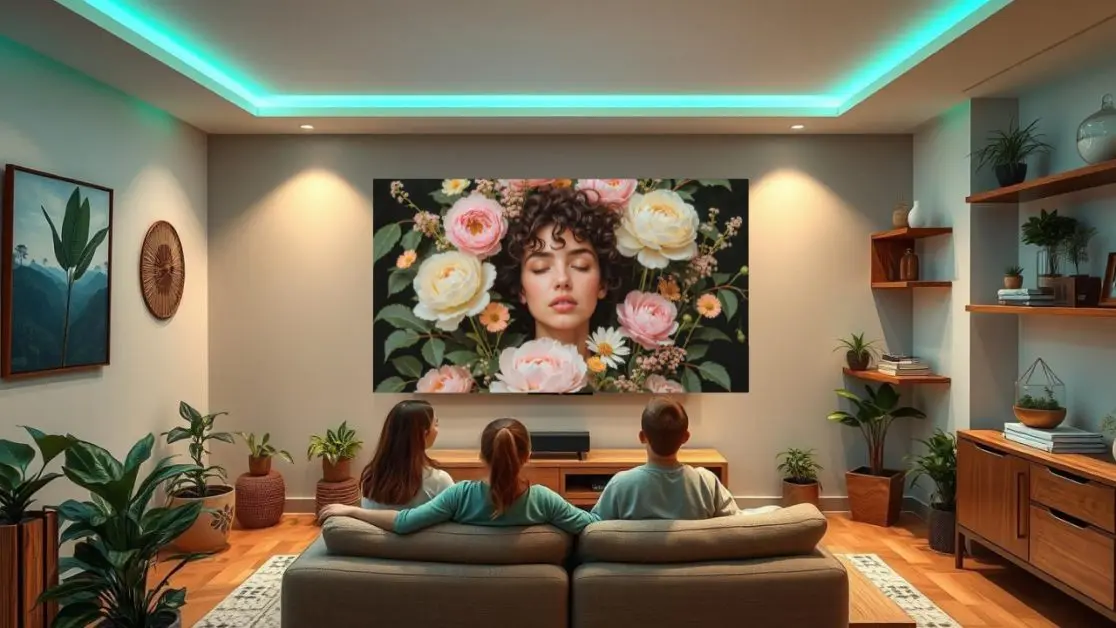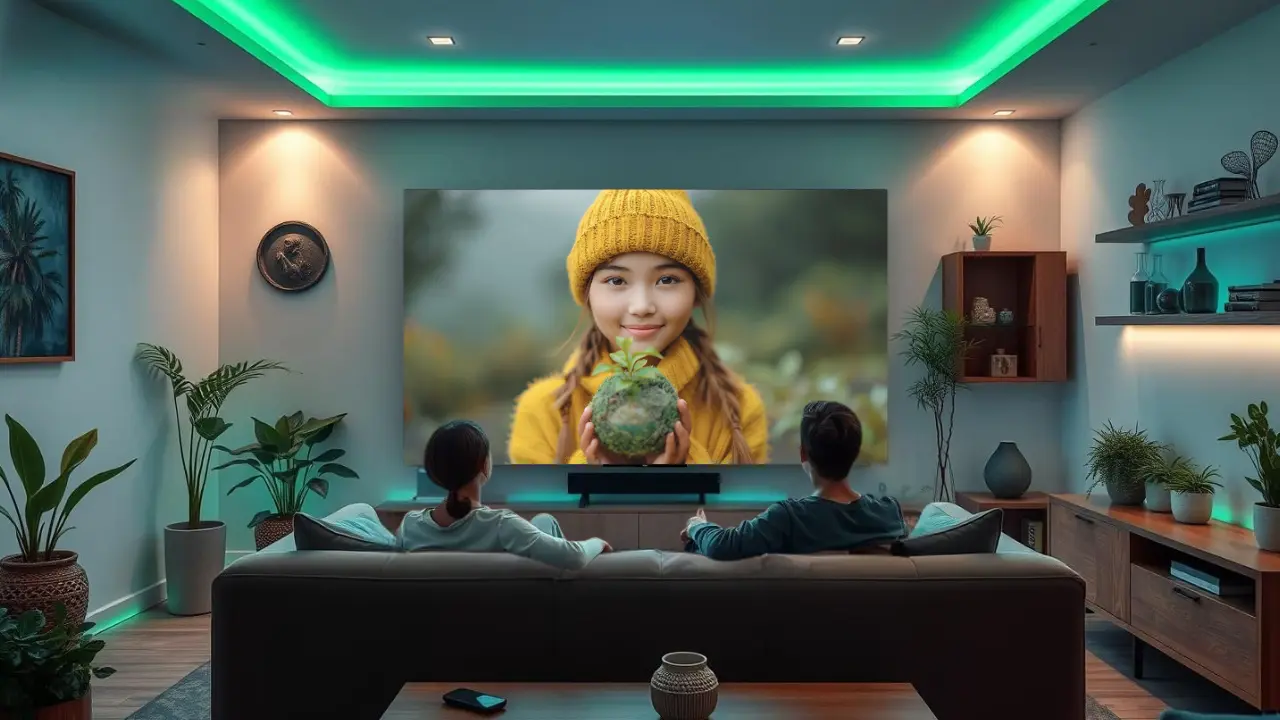Have you experienced the spikes in your electricity bill when your television is on all day during cricket season or the weekend binge-watching session?
Do not worry, you are not alone, many other people experience similar electricity bill issues.
With the Boom of Futuristic Options in India’s TV market, now the dilemma is not choosing between Mini LED and OLED, but which mode of energy consumption is more efficient. A growing set of consumers now want not only brilliant visuals, but marvels that function with optimal energy consumption too.
So if you take into consideration upgrading your TV and wondering which display technology would help reduce energy costs, Mini LED or OLED, this article is for you.
We will analyze the energy performance of both technologies, elaborate on their functionality, and discuss main constituents that determine power expenditure in a friendly manner.
How Do Mini LED and OLED TVs Work?

Before comparing their energy usage, it’s essential to understand how Mini LED and OLED technologies function.
Mini LED:
Mini LED TVs use thousands of tiny LED backlights behind the LCD panel. These backlights can be controlled in zones to dim or brighten specific parts of the screen. This improves contrast and brightness compared to regular LED TVs.
OLED:
OLED stands for Organic Light Emitting Diode. Here, each pixel emits its own light and can turn off individually to produce true blacks. This eliminates the need for a separate backlight, making OLED panels thinner and capable of perfect contrast.
Energy Consumption: Mini LED vs OLED
General Insight:
Mini LED TVs typically use more power than OLEDs, mainly due to the high number of LEDs working to illuminate the screen. OLED TVs can be more energy-efficient when displaying dark content since pixels can switch off completely.
But this comparison isn’t black and white. Let’s break it down further.
| Feature | Mini LED TV | OLED TV |
| Backlight | Yes, thousands of small LEDs | No backlight needed |
| Pixel Illumination | Indirect (through backlight) | Direct (self-lit pixels) |
| Power Usage (Bright Scenes) | Higher | Moderate |
| Power Usage (Dark Scenes) | Moderate | Lower (as pixels shut off) |
| Black Levels | Very good (local dimming zones) | Perfect (individual pixel control) |
| Burn-in Risk | None | Possible with static images over time |
| Panel Thickness | Slightly thicker | Ultra-thin |
Real-World Energy Efficiency
When Mini LED Wins:
If brightness is a top priority: say, in brightly lit Indian living rooms, Mini LED TVs offer superior luminance with Dolby Vision and 144Hz refresh rates.
Their intelligent backlighting and local dimming zones are optimized to enhance performance without unnecessarily draining energy.
When OLED Wins:
- In darker rooms or during late-night viewing, OLEDs automatically consume less power.
For example, OLED TVs with Dolby Vision IQ and HDR10+ adapt to ambient light and reduce brightness intelligently, which helps lower electricity usage.
Feature-by-Feature Breakdown

1. Screen Brightness vs. Energy Draw
- Mini LED: Known for extremely high brightness levels. Ideal for viewing in daylight or high-ambient-light environments. But, the trade-off is a slightly higher power draw.
- OLED: Bright enough for most situations but may struggle in peak brightness compared to Mini LED. However, it consumes less energy when not fully lit.
2. Panel Size Matters
- In both technologies, power usage increases with screen size.
- A 85-inch Mini LED TV, for example, offers jaw-dropping visuals but uses more electricity than a 55-inch OLED, simply due to the size.
3. HDR Technology
- Mini LED TVs feature Dolby Vision and advanced local dimming which help to selectively brighten areas of the screen, optimizing energy.
- OLED TVs use Dolby Vision IQ, adjusting the visuals based on the environment and content type, reducing unnecessary brightness and saving power.
4. Refresh Rates
- Mini LED TVs boast refresh rates up to 144Hz, great for gamers and sports lovers. But faster refresh rates can slightly increase energy usage.
- OLED TVs generally run at 60Hz or 120Hz, depending on the model, offering balanced performance and power use.
Which One is Better for Energy Saving?
The answer depends on how the TV is used.
Go for Mini LED if:
- Your room is naturally bright.
- You often watch during daytime or in high-light environments.
- You want a TV that looks vibrant at all times and don’t mind a marginally higher power bill.
Go for OLED if:
- You watch in darker rooms or prefer dim lighting.
- You stream a lot of content with darker scenes (think movies or OTT shows).
- You want a sleek, power-conscious device for premium cinematic experiences.
Energy-Saving Tips (Regardless of TV Type)

Here are a few quick tips to help any TV become more energy-efficient:
- Enable Eco Mode – Both Mini LED and OLED TVs come with eco settings that adjust brightness automatically.
- Turn Off When Not in Use – Sounds basic, but it helps!
- Use Ambient Light Sensors – Available in Haier TVs, this adjusts brightness to suit room lighting.
- Lower Brightness Settings – Most users keep brightness way above needed levels.
Final Thoughts
When choosing between Mini LED and OLED, energy efficiency isn’t just about raw numbers. It’s about how the technology aligns with your viewing habits, room setup, and usage time.
OLED is a solid bet for those prioritizing lower electricity consumption in darker environments. Mini LED, on the other hand, is unbeatable for bright, bold visuals in well-lit rooms, though it may consume slightly more energy.
If energy efficiency matters just as much as picture quality, trust that Haier India offers cutting-edge options in both categories, without compromising on performance or design.
Ready to Upgrade?
Explore the latest range of energy-efficient Mini LED and OLED TVs from Haier India. Smart features, stylish designs, and thoughtful energy-saving tech, all tailored for the modern Indian home.

